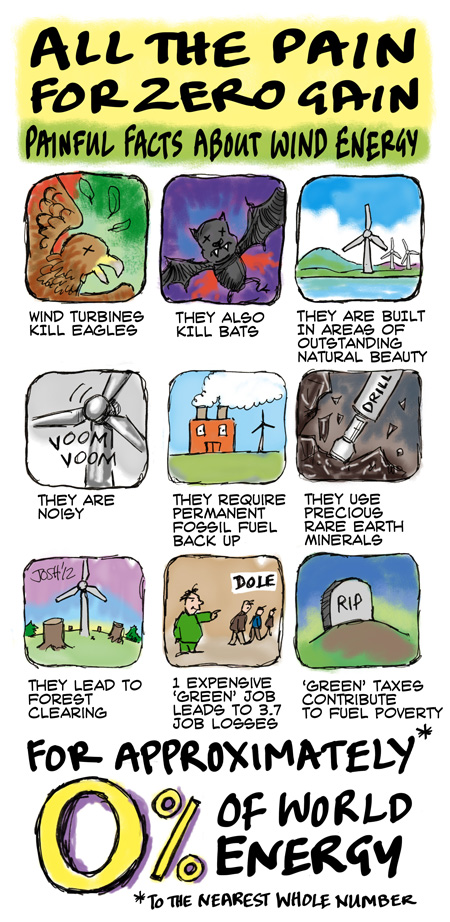The Economist on the massive blackouts in India recently:
FOR an aspiring economic superpower, there can be few more chastening events than electricity cuts as massive as those that struck northern and eastern India this week. An area (including the capital, Delhi) in which more than 600m people live faced blackouts over two days. Infrastructure, from traffic lights to trains, stopped working. Hospitals, sanitation plants and offices ground to a halt. Airports and factories had to rely on backup generators, often fuelled by truckloads of diesel.
The impact on India’s economy goes far beyond lost output. The blackout will badly damage the country’s reputation, and highlights the rotten infrastructure that is hobbling its efforts to catch up with China.
[. . .]
At one end, not enough cheap coal is being dug up and gasfields are sputtering. At the other, the national transmission grid needs investment. Meanwhile the “last mile” distribution companies, largely state-owned, that buy power and deliver it to homes and firms, are financial zombies. Much of their power is pinched or given away free. Local politicians put pressure on them to keep tariffs low, which leads to huge losses. Squeezed between a shortage of fuel and end-customers who are nearly bust, those private generating firms are now cutting back on vital long-term investment in new plants.
[. . .]
The solution is to cut graft, tackle vested interests and allow markets to work better. The coal monopoly needs to be broken up and local distribution firms privatised. Yet despite the looming crisis, for a decade the government has shirked doing what is clearly necessary, just as it has failed to implement key tax reforms, cut public borrowing or open the retail sector to competition. It has allowed corruption and red tape to damage other vital industries, such as telecoms.




